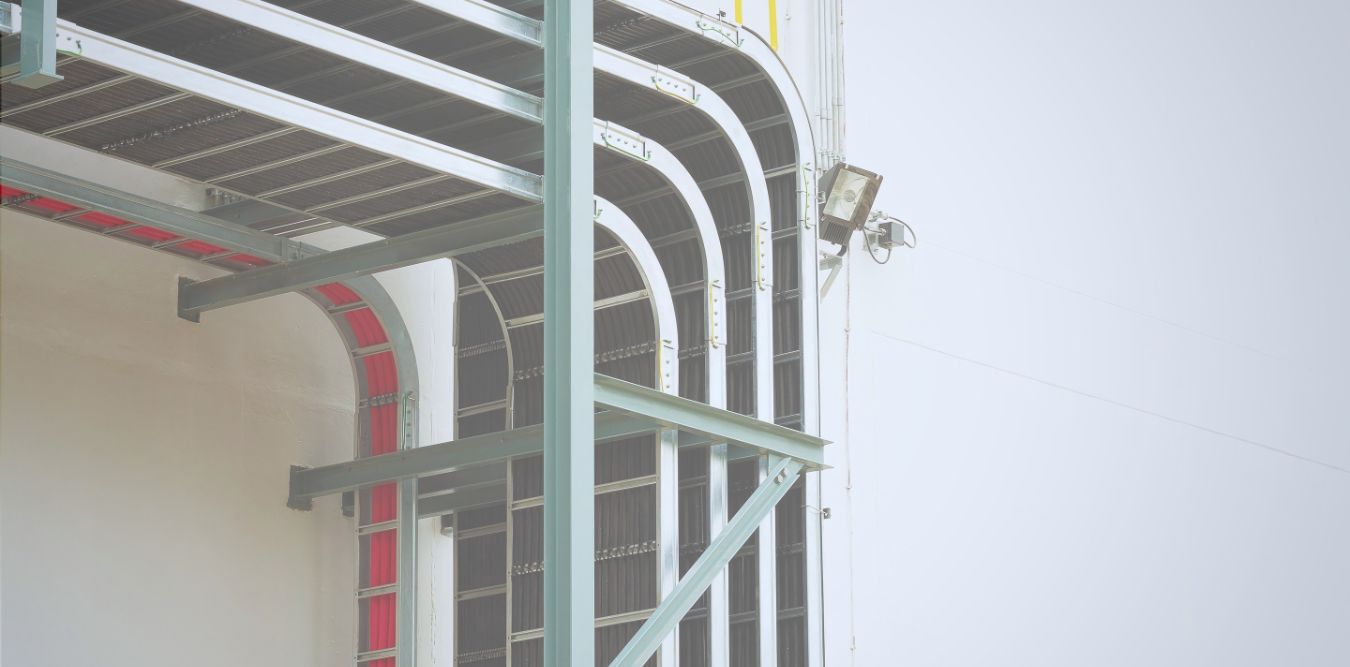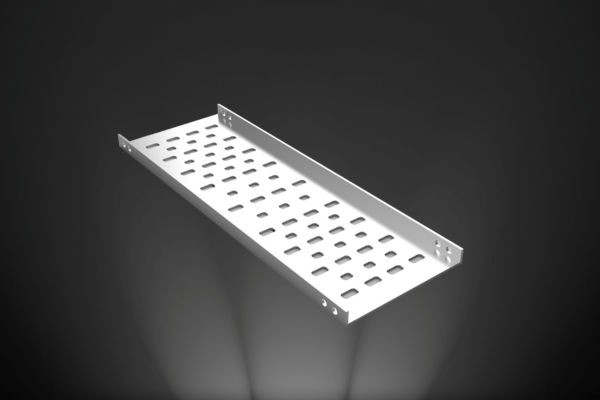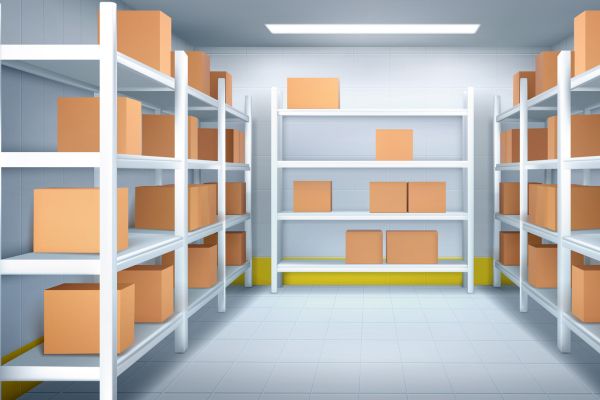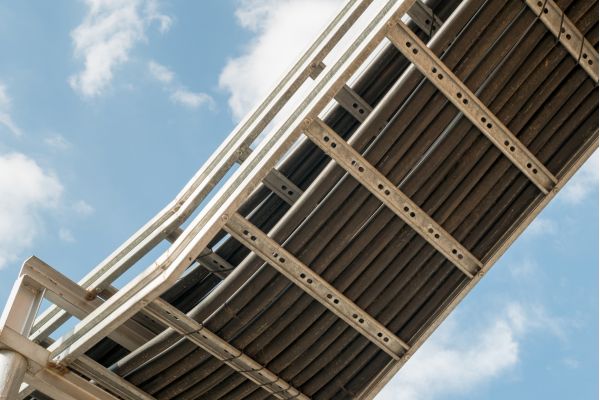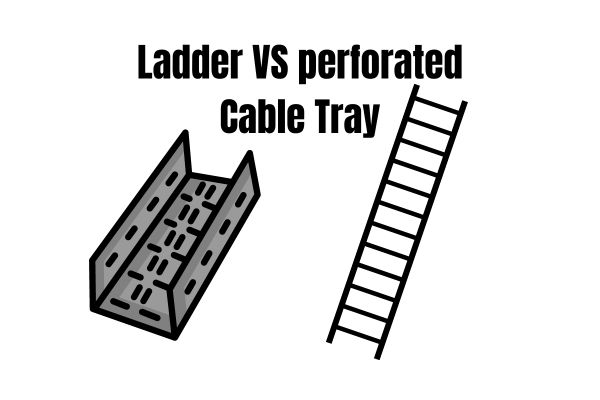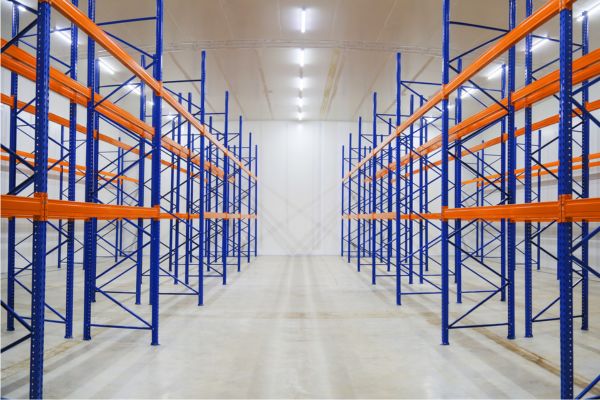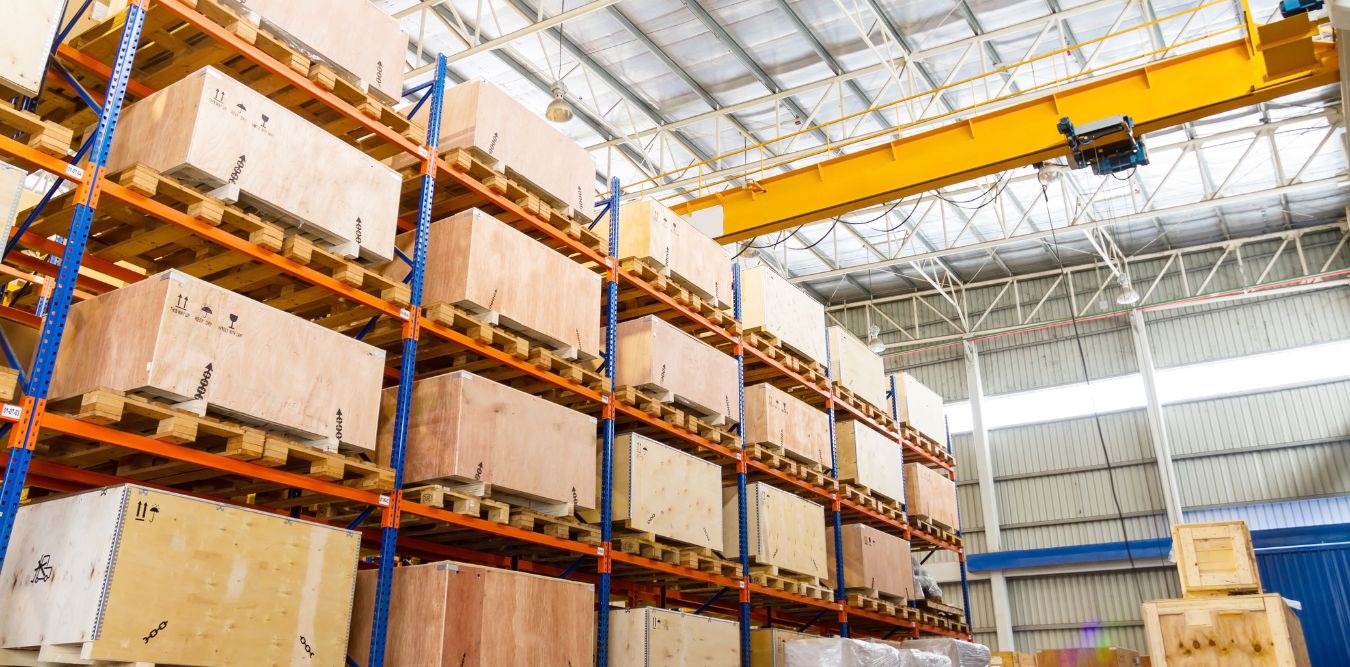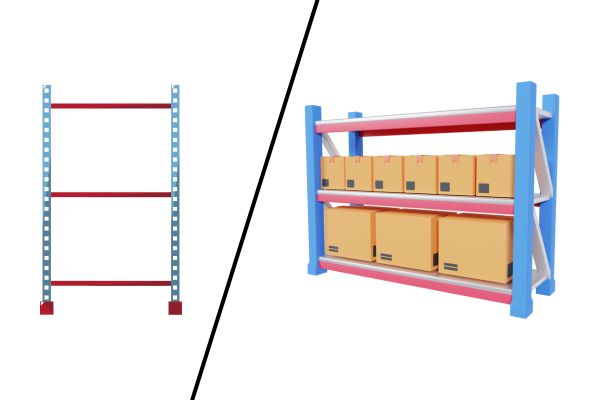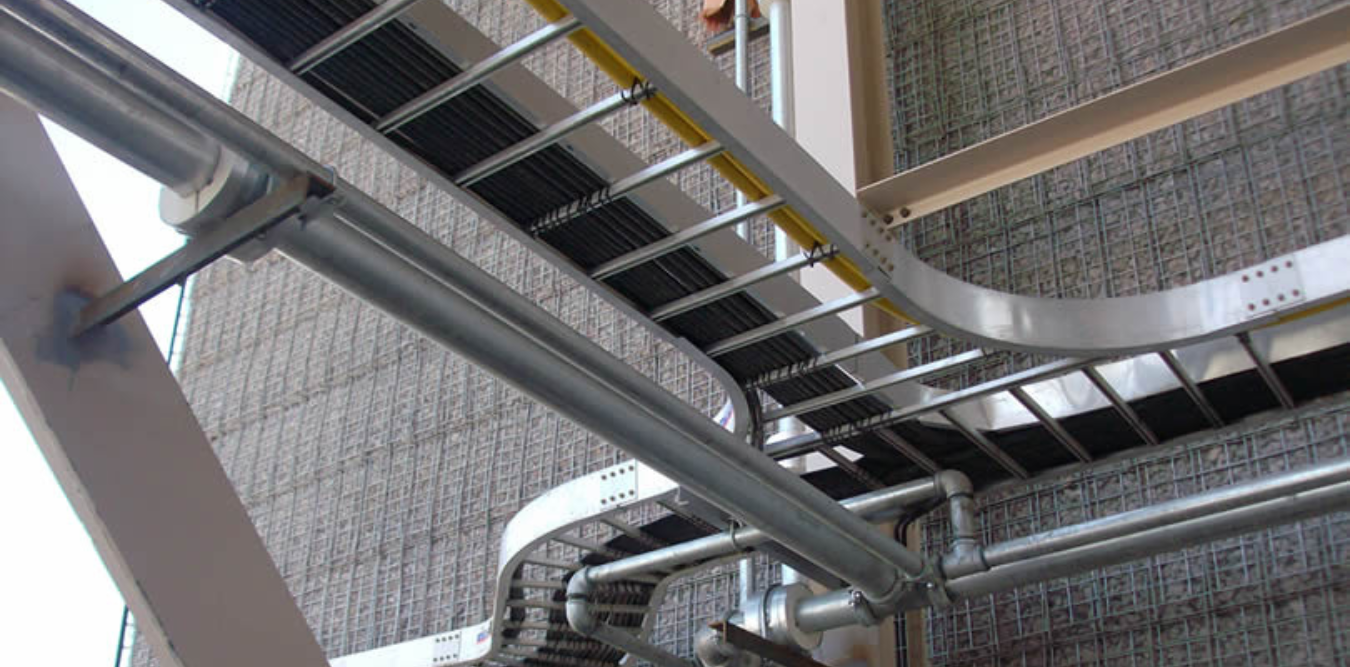Introduction
In industrial settings, the proper management of electrical cables is crucial for safety, efficiency, and organization. Cable trays are a fundamental component in managing these cables, providing support, protection, and ease of maintenance.
Among the various types of cable trays available, Ladder Cable Trays and Perforated Cable Trays are two of the most commonly used. But which is best for your needs? In this article, we'll explore the differences, advantages, and applications of each type to help you make an informed decision.


